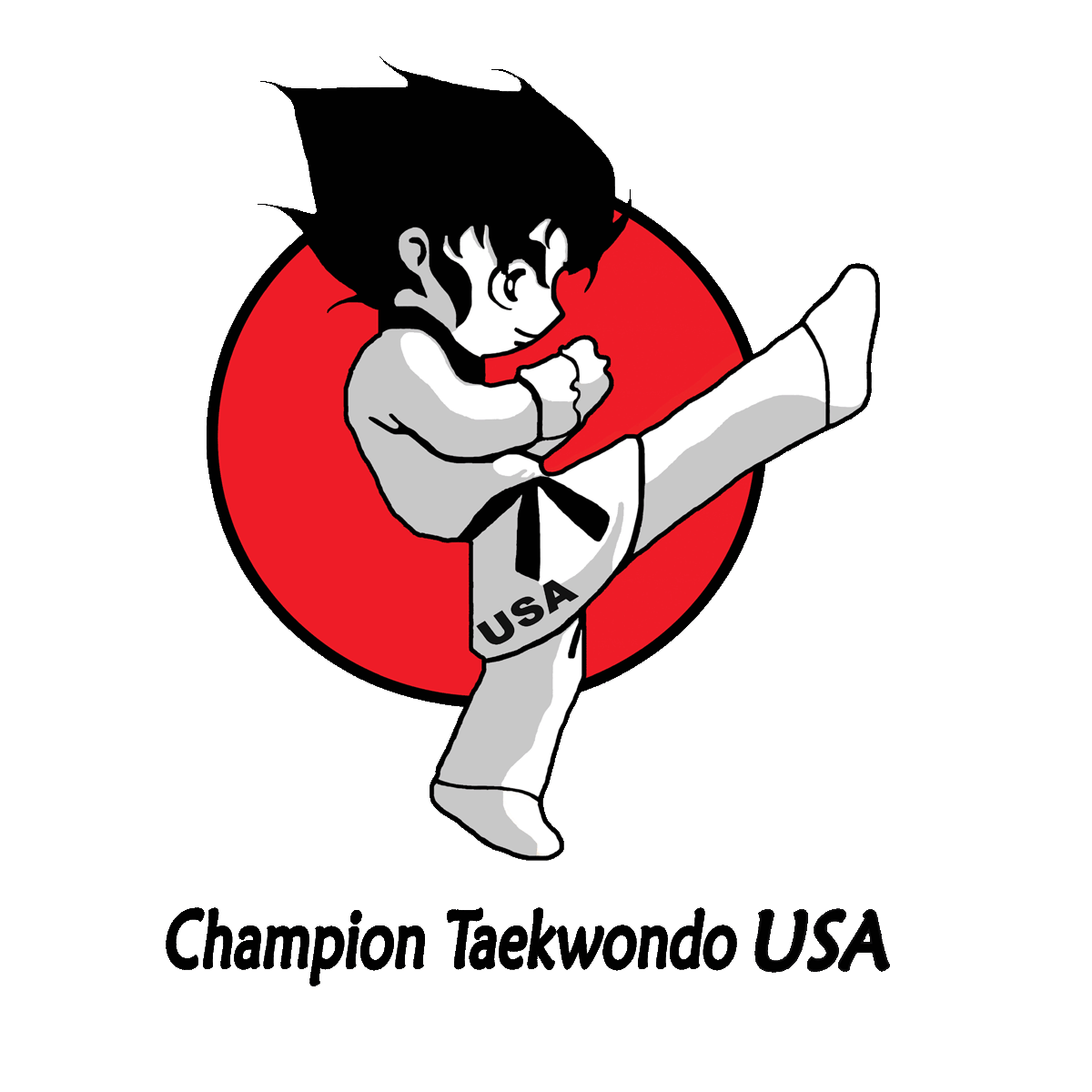

Hablamos Español

Champion Taekwondo USA
(773) 563-5465
4300 w Armitage Ave. Chicago Ill. 60639
CTUSA
menú
El taekwondo es un arte coreano de autodefensa esta diseñado
como Arte no violento y sistema de ejercicio corporal completo como
además de ser una forma de vida incluye técnicas físicas,
disciplina mental y filosofía profunda.
La historia completa del Taekwondo es bastante extensa.
El taekwondo se practicó durante la dinastía silla.
La gente trataba a sus cuerpos y sus mentes.
hwarang-do era una parte esencial de la lucha de silla
para unificar el todo país. en la historia de Corea,
Taekwondo se llamaba Subak.
En ese momento la gente no practicaba por ejercicio, salud,
o actividad deportiva, practicaban como arte marcial de considerable valor.
Los registros históricos testificaron que desde el El Taekwondo de la Dinastía Coreana se practicaba como un
deporte para espectadores.
Subak, como se creía, era muy popular entre 1147 y 1170 Ad. lo que es muy importante sobre Subak
es que un libro se imprimió para enseñar el juego como un arte marcial y se hizo más popular
entre el público en general.
Las personas empleadas por el departamento militar del gobierno real fueron escuchadas para aprender Subak,
estaba incluido uno de los alcaldes sujetos en examen de aplicación.
En 1945, Corea fue liberada de Japón. Un grupo de maestros coreanos hizo un esfuerzo especial revitalizar
el arte tradicional. Después de veintiún siglos de luchar por existir, ahora se practica en más de
190 países, y ahora es oficial
deporte olimpico.
El significado del Taekwondo:
Tae significa " patear con el pie",
Kwon significa "golpear con el
puño ", Hacer significa " camino ,
método o ruta ".
Por lo tanto, el Taekwondo puede ser vagamente
traducido como "El camino de la mano y el
pie "o la forma de patear y golpear .

HISTORIA


Terminología de TKD

The meaning of the word "Tae" "Kwon" "Do." It is composed of three parts as shown in the English spelling, though it is one word in Korean. "Tae" means "foot," "leg," or "to step on"; "Kwon" means "fist," or "fight"; and "Do" means the "way" or "discipline." Put this together and Taekwondo means: "The art of Kicking and Punching".
School Rules
1. No smocking inside the DO-JANG.
2. No gum chewing inside the DO-JANG.
3. No Profanity will be used inside the DO-JANG.
4. No jewelly will be worn during class.
5. Students are not allowed to belong to another DO-JANG.
6. Never leave class for a break, water, or any early dismissal without permission.
7. Never lose your temper in the DO-JANG, especially during sparring.
8. Never lean on the wall or lay spread out on the floor.
9. Students must keep finger and toe nails clipped short and clean.
10. No horse playing, whisling, or loud talking in the DO-JANG.
11. No talking while the instructor is talking or speaking to any
visitors while in training.
12. Have discipline while training.
13. Phone if you will be absent or late for class.
14. When you see your SABAMNIM, you must bow to him.
15. Always respect your SABAMNIM when asking questions or answering.
16. Bow to the flag before entering and leaving the DO-JANG.
17. Respect all seniors belts, bow when asking questions.
18. Keep your uniform clean at all times.
19. When fixing your uniform or belt, do not face your SABAMNIM or the flags.
20. Always remember that what you are learn here is a deadly art Treat it whith respect and never misuse it.
Taekwondo Tenents
Courtesy
Integrity
persevernce
Self-control
Indomitable spirit
numbers in korean
1- Hana
2- Dool
2- Set
4- Net
5- Da-Seot
6- Yeo-Seot
7- Eel-Gop
8- Yeo-Deol
9- Ah-Hop
10- Yul

Eight Manners
VER CORRECTAMENTE
SENTIRSE BIEN
PENSAR CORRECTAMENTE
PEDIDO CORRECTAMENTE
HABLAR CORRECTAMENTE
CONTRIBUIR CORRECTAMENTE
TENER HABILIDAD CORRECTAMENTE
CONDUCTA CORRECTAMENTE

4300 W Armitage Ave.
Chicago, IL. 60639
773-563-5465